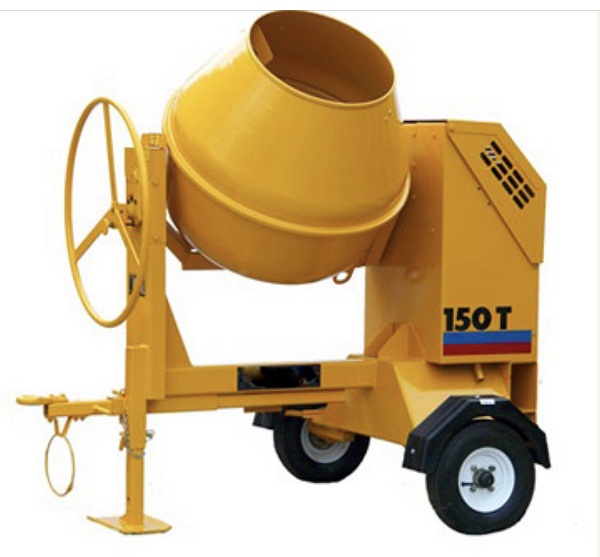Lets explain concrete mix and how your bricklayer is expected to mix your next foundation / decking.
Most time as Non-Construction experienced house builders, we put our trust on the bricklayers to mix our concrete rightly, however very few of them can be trusted to do the right thing – If your bricklayer negotiated for material and labour (its even more difficult to trust him) because he might be maximizing gain and reducing materials; often even when you buy your materials; they tend to put in excess sand, granite ratio to minimize time spent in doing the job.
THE BASIC RATIOS AND WHAT IS EXPECTED OF THEM.
We’ll start by explaining what the ratio 1:2:4, 1:3:6 etc. means – What this means is the Cement, Fine aggregate and Coarse aggregate ratio. Where fine aggregate could be Sharp Sand or Stone dust and Coarse aggregate could be granite, gravel or stone-base (for certain project types).
1:2:4 therefore means, 1 part of cement : 2 part of fine aggregate : 4 part of coarse aggregate. This ‘part’ as used refers to volume. It means If I have 1 head-pan of cement, I’ll need 2 head-pan of sharp sand and 4 head-pans of granite / gravel or 1 cup of cement, 2 cups and 4 cups respectively of sand and stone.
The above is the theory of the mixture…. but practically on site; there might be a need to modify a bit.
Comparing Granite and Gravel:
Granite are basically rocks blasted and keep ‘neat’ while gravel are rocks that come with a lot of ‘dirt’ i.e sand. (in my terms) – It means if I have 2 head-pans of granite; I have 2 head-pans of granite but in the case of gravel, if I have 2 head-pans of gravel, what I have is probably 1 head-pan of gravel + 1 head-pan of gravel sand.
The implication is simply:
If I’m working with granite, I can maintain my mix ratios as theory has it but when working with gravel, you are expected to reduce the quantities of sand in it (because gravel itself contains too many sand) so you don’t end having too much sand hence the theoretical ratios can’t work.
Solution:
The solution to this is by mixing the first bag of cement & aggregate on site and adjusting the quantities accordingly.
Relationship Between Concrete Elements:
CEMENT – SAND – STONE relationship; In practice a 50kg of cement bag contains 2 head pan of cement; this means that if i have a plan to mix 1 bag of cement my mixing ratio would be:
1:2:4 = 1 bag of cement : 4 head-pans of sand : 8 head-pans of stone
1:3:6 = 1 bag of cement : 6 head-pans of sand : 12 head-pans of stone
but must you measure sand and stone in head-pans when you have large quantities to mix?
We have come to conclude also that 4 head-pans = 1 wheel barrow; so for my 1:2:4 mix – I’ll have it as 1 bag of cement : 1 wheel barrow of sand : 2 wheel barrow of stone etc.
Over time on site however; you always find the above mix to have too much sand or too much stone….but that doesn’t mean the ratios are wrong; IT MEANS OUR MEASUREMENTS ARE NOT ACCURATE – We can only get an accurate mix if we’re using a batching plant (off-course not on our little project is this possible)
SOLUTION:
I’ve studied a ratio that works: and that’s what I’ve always recommended on small projects, especially when the Manual Mixers (that mixes half bag at a time) are used.
1:3:3 is that mix.
HALF BAG OF CEMENT : 3 HEAD-PANS OF SAND : 3 HEAD-PANS OF GRANITE and if you’re using gravel, you might need to reduce the sand content and increase the stone content to say 1:2:4 etc. mixed with about 30-35 ltrs of water.
Lastly; the other factor that affect this ratio is the size of stone; the smaller the granite size, the more you might need to add eg if I’m using the smallest chippings (1/4) of an Inch; I might need to make my ratio 1:3:4 instead of 1:3:3 to ensure adequate strength.
Source: Nairaland (saydfact)











